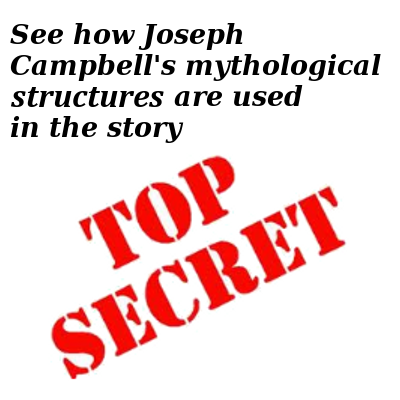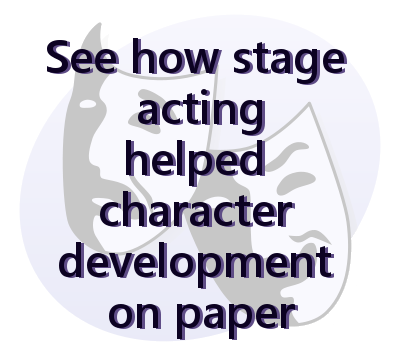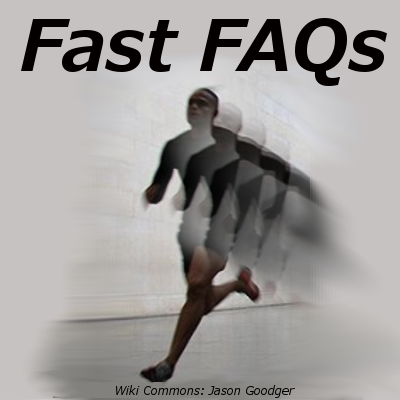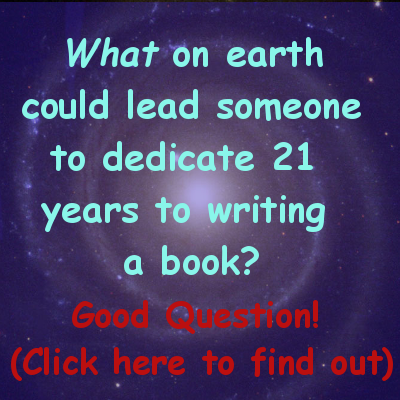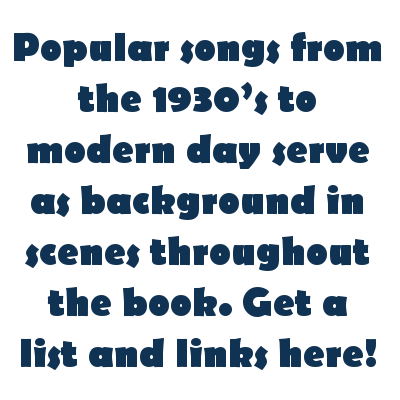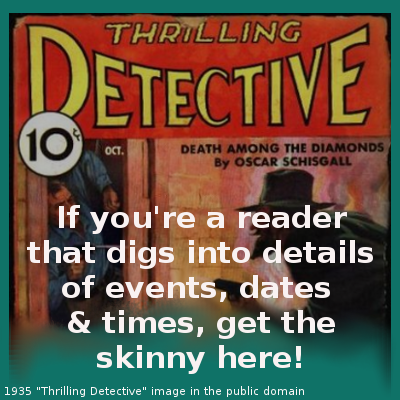
The author maintained a log throughout his 21-year development of The Father, recording milestones, both specific to this 317 page book and life around him. Here they are, abbreviated and edited for this website.
• October, 1992: Writing The Father begins in Houston, Texas on a Gateway 2000 386 PC with Windows 3.0 and 4MB of RAM. The story is born as a non-fiction life story of the author’s father. Writing time is logged, research time for the story is not. The story is stored on a 40MB hard drive, backed up on 5” floppies.
• August, 1994: The author leaves the subtropical climate of Houston and its radar research center for the bohemian life as writer, painter and frequent Sierra mountain hiker. He lands in the Mediterranean climes of Southern California (Los Angeles) with 794 hours of writing time accumulated, averaging 36 hours per month. The standard 40 hour per week work-year is 2000 hours.
• April, 1995: 1000 hours of writing time accumulated, averaging 23 hours per month. A study of American history and its juncture with life of the author’s father raises a set of philosophical questions about proper governance, religion, intellectual evolution, and concepts of truth in societies. Each answer generates more questions, constantly returning the author to search for origins. Alexis de Tocqueville's Democracy In America serves as an unwavering baseline for American attitudes and behaviors.
• December 1995: The Father becomes an historical fiction tracing America’s trajectory, as multiple generations of the Whitaker family face questions of modernity.
• June 1996: A nascent version of The Father is professionally edited far too early as part of a 406,000 word, 1200 page book.
• April, 1997: Despite distribution through painting galleries in San Francisco, Santa Barbara and Dallas, the author’s painting sales do not keep pace with California’s cost of living and he begins software consulting during the dot com boom. With an abundance of jobs the author breaks between contracts for hiking and travels to Europe, Japan and the Yucatan. The author relocates throughout Southern California for proximity to the latest contract as 1500 hours of writing time is reached, peaking at 55 hours per month in Westlake Village (Ventura County, CA).
• A move to Huntington Beach (Orange County, CA) brings 1814 hours of writing time and 1600 pages of story – a 530,000 word book so far. The monumental – though 12th largest novel – War And Peace is 587,000 words. The Father is broken into three definitive parts with past, present, future focus. The love story between primary characters, Morgan Whitaker and Ne Shoul begins to take shape.
• January, 1998: Writing time passes the 2000 hour mark, though most time is spent on research. The author reads Allan Bloom’s Closing Of The American Mind, tested against Lawrence Levine’s Opening Of The American Mind, helping to steer the transformation of one character in The Father.
• October, 1998: Story research remains paramount, inspired by wilderness surroundings of back country hiking the Sierra Mountains. Writing falters, plummeting to 15 hours per month as the author navigates life in Southern California. Europe comes to the rescue again as the author visits with Aristotle, Rousseau and Nietzsche in their home countries.
• March, 1999: Writing accelerates, motivated by long dead philosophers and the profile of Mt. Shasta. The Angelical Priest and high energy physicist John C. Polkinghorn comes along for the ride with arguments for peace between science and religion in Beyond Science and Belief in God in an Age of Science. The Father climbs to 700,000 words - a 2000 page novel.
• March, 2000: Health issues with the author’s mother move him to Iowa City - one of only five UNESCO Cities Of Literature in the world at that time - home of his alma mater. An extended stay introduces him to a writing atmosphere he was previously unaware of as America’s #1 ranked graduate writing program, and a writing atmosphere laced throughout the city. He enrolls in the University Of Iowa Summer Writing Festival.
• August, 2001: An invitation to research in radar and electro-optical sensors with the Advanced Systems Design Syndicate (ASDS) of Lockheed Martin in Dallas moves the author back to Texas three weeks before 9/11. The Father word count is shrinking. Philosophical arguments are refining.
• February 1, 2003: 3400 hours of writing time is accumulated the day Space Shuttle Columbia woke the author, as seven astronauts perish in the accident above Texas. This event forewarns of the VBY - The Very Bad Year - with a series of personal, national, and international disasters awaiting the author as writing time sinks again.
• September, 2004: The confounding perspectives of Postmodernism and its colonizing of multiple disciplines among the humanities are penetrated by story research, unveiling one contributor of change in late Western Civilization and incorporated into The Father. Derrida, Foucault, Lacan and other postmodernists are compared against their opposition in the French Philosophy of the Sixties: An Essay on Antihumanism by Luc Ferry and Alain Renaut, and Fashionable Nonsense by Alan Sokal and Jean Bricmont, as well as a host of others.
• November, 2005: The Author finds Marcel Gauchet’s recently translated Disenchantment Of The World: A Political History Of Religion and Gauchet’s views concerning influence of the State on religious perspectives commencing in antiquity and still persistent. This precipitates the conflict between Morgan and his son in Part 3 of The Father, with their differing views on religion. The love story between Morgan and Ne Shoul heats up as she saves his life. A crescendo chapter is created where Morgan and his son finally face off in the mid-twenty-first century.
• The author’s second love, the ASDS, eats into writing time, but frequent work visits to Pasadena and Boston allow captive airborne reading of F. A. Hayek’s Road To Serfdom yielding a capitalist contest with the socialism of Karl Polanyi on economics, liberty and “natural man,” polishing conflicts of The Father. Both Hayek and Karl Polanyi lead to Michael Polanyi's Personal Knowledge for his arguments on the essential equivalence of religion and science. (In one of the ironies of history, Michael Polanyi was mentor to capitalist Hayek, and the brother of Karl Polanyi who produced a socialist manifesto.)
• 2007: Repeated serial editing brings The Father down to 350,000 words. Michael J. Sandel's bombshell work, Democracy's Discontent: America in Search of a Public Philosophy laces untied threads in The Father. Sandel opens the horizon to pro and con arguments by John Rawls in his Theory Of Justice and Alasdair MacIntyre's After Virtue: A Study In Moral Theory. Bibliographies explode from bibliographies and research for The Father takes over again.
• May, 2008: The crescendo chapter defies attempts to abbreviate, growing to 400 pages (136,000 words) a book all its own.
• What should be obvious but wasn’t – the demise of true human communities - and impacts of this are discovered by authors offering different causes. These include George W. Carey and Bruce Frohnen’s Community And Tradition: Conservative Perspectives On The American Experience, and Stephen Marglin’s Dismal Science: Why Thinking Like An Economist Undermines Community. The crescendo chapter grows.
• July, 2010: Philosophical arguments coalesce. The Father shrinks to 282,000 words with the help of six books from the Elements Of Fiction Writing series: Plot; Description; Scene & Structure; Beginnings, Middles & Ends; Conflict, Action & Suspense; Character & Viewpoint, all from Writer’s Digest Books.
• October 2012: Edits tame The Father with 16 chapters removed, multiple arguments deleted from the crescendo chapter, and deletion of the Preface, leaving a total of 120,000 words in the text. Other editors are enlisted to review the work.
• January 2013: Internet and eReader innovations are improving so rapidly, paper books appear to be fading. A website for The Father and its book cover design begin development.
• May, 2013: The author reluctantly leaves ASDS, departing Texas for his much anticipated permanent return to the bohemian life. Writing, painting and hiking resume their former priority. Europe rejoins the process with a stop in England for a bit of John Locke and David Hume.
• August, 2013: Editor inputs are incorporated with a word count of 102,521 - a 300+ page novel. The Father nears completion after 21 years.
• February, 2014: After additional editor updates, The Father undergoes what seems countless refinements. The book is read for error checking purposes, cover-to-cover 19 times from September 2013 to completion. Almost all changes are a matter of commas, word choice, deletion or addition of "a", "and", "the". However, as the author obsesses, dreams of the book find a few lines to add or delete that seal the message in critical paragraphs. The hardcopy proof is received for final review, tweaked, and a second hardcopy arrives for examination.
• March 2014: After a forth hardcopy is vadlidated (due to limitations of the cover printing process) Combustible Books publishes The Father in paperback format. Story word count: 102,437 (with front and back matter: 102,862 words). Formatting creates a 317 print page book after 6914 hours of writing and uncounted hours of research.
• March 2014: Other formats of the book are created - regular & LARGE print, ePub, Anroid, Kindel, PDF; available direct from the author, Amazon, Barnes & Noble, Barnes & Noble Nook, Google Play, kobo. TheFatherTrilogy.com website goes live online.
• March 2014: The next book in the trilogy series, underway for two years as a part time effort, becomes full time. Cats grant permission for dogs, books and telescope to travel with PC to write in backcountry wilderness. Hiking Southern Utah is just a month away.
